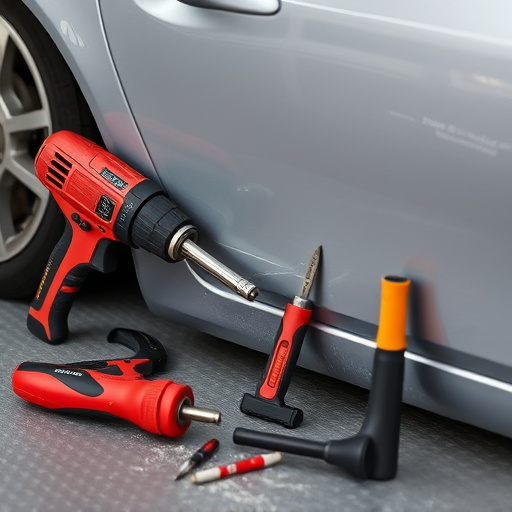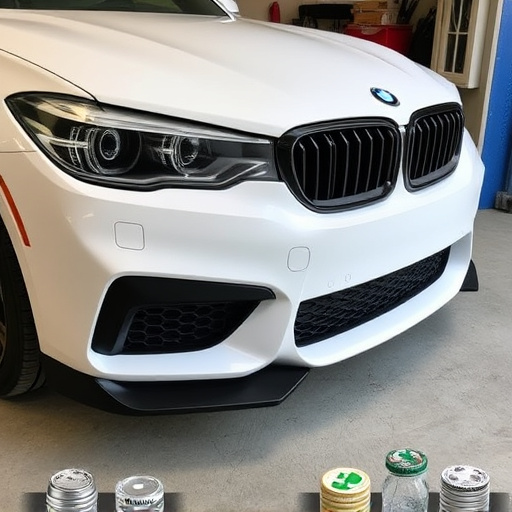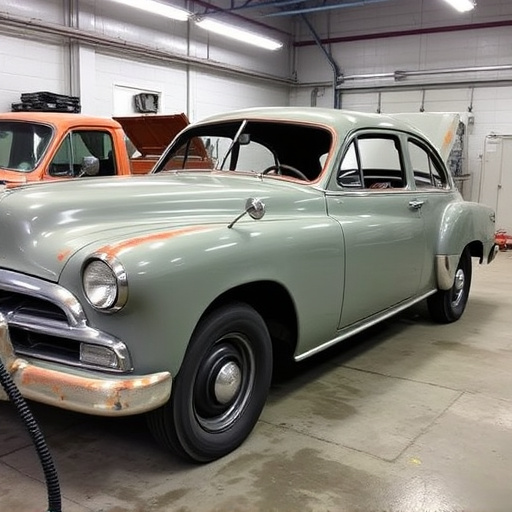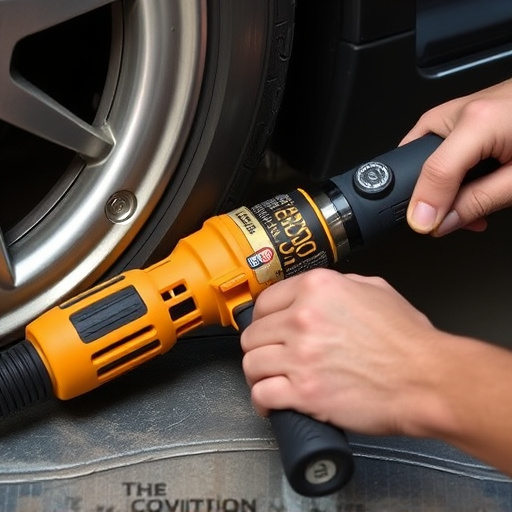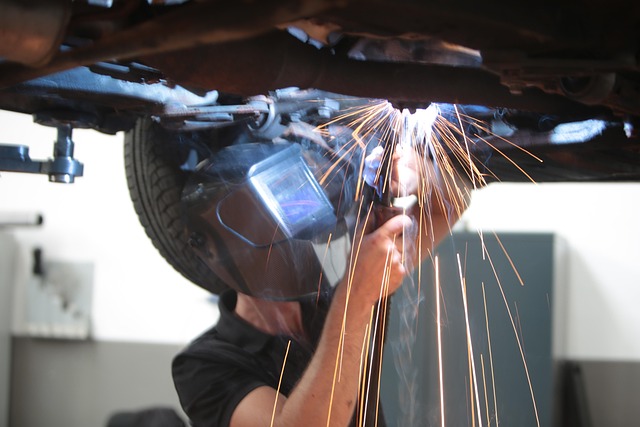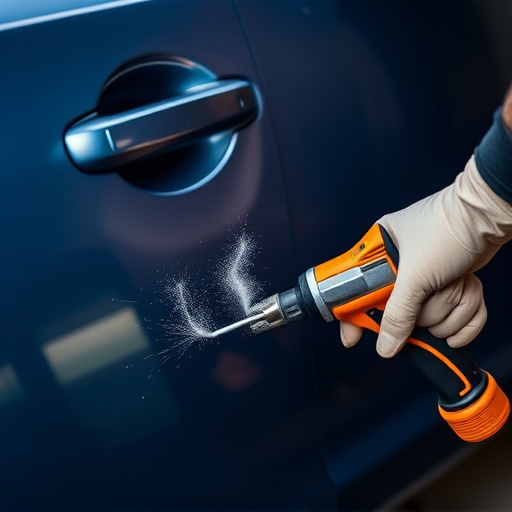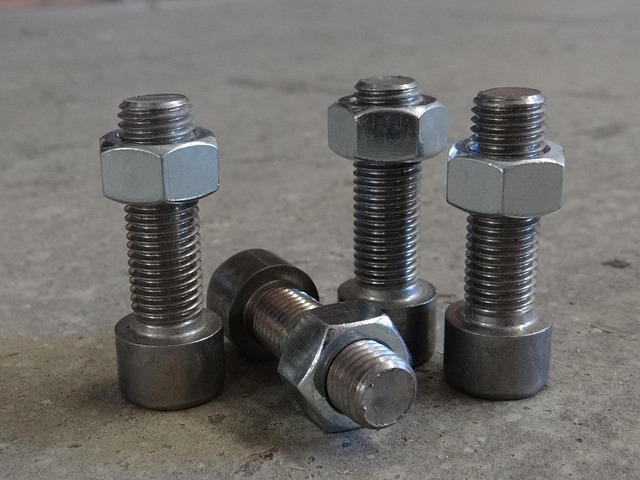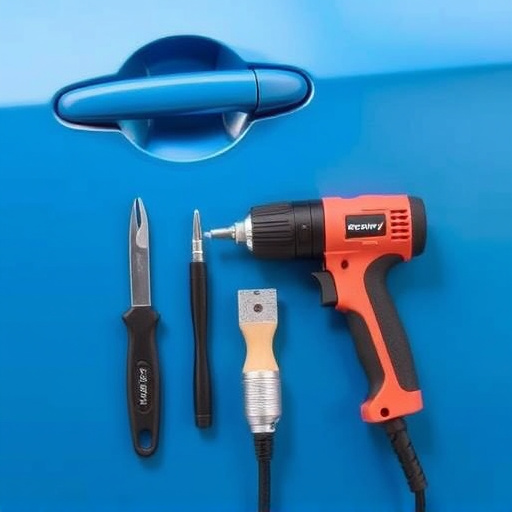Restoring Mercedes carbon fiber trim requires strict adherence to OEM standards for both aesthetics and safety. Reputable bodywork services use high-quality materials sourced directly from manufacturers or trusted suppliers, meticulously following guidelines on dimensions, specifications, and finish details. This meticulous process ensures superior quality and preserves the vehicle's original appearance while offering advantages like enhanced performance, durability, and customization potential for carbon fiber components. However, challenges include specialized manufacturing processes, fragile nature, and sourcing authentic materials meeting OEM standards.
Mercedes carbon fiber trim restoration is a specialized art, demanding precision and adherence to OEM (Original Equipment Manufacturer) standards. This comprehensive guide explores the intricate process of repairing and restoring Mercedes’ iconic carbon fiber interior components. We delve into understanding the stringent OEM specifications for Mercedes carbon fiber trim, the step-by-step restoration process, and highlight the benefits and challenges of using carbon fiber in auto restoration.
- Understanding OEM Standards for Mercedes Carbon Fiber Trim
- The Process of Restoring Mercedes Carbon Fiber Trim
- Benefits and Challenges of Using Carbon Fiber in Auto Restoration
Understanding OEM Standards for Mercedes Carbon Fiber Trim

When it comes to restoring Mercedes carbon fiber trim, understanding OEM (Original Equipment Manufacturer) standards is paramount. These standards ensure that the replacement parts not only match the original aesthetics but also meet the rigorous quality and safety requirements set by Mercedes-Benz. For carbon fiber trim repair specifically, OEMs dictate precise dimensions, material specifications, and finish details to guarantee a perfect fit and seamless integration into the vehicle’s bodywork.
Mercedes car bodywork services specializing in carbon fiber repairs adhere to these guidelines meticulously. Skilled technicians use high-quality materials sourced directly from the manufacturer or trusted suppliers to ensure compatibility and durability. This attention to detail is crucial when handling intricate vehicle components like carbon fiber trim, as it aligns with the overall quality and reputation of collision repair services offered by reputable workshops.
The Process of Restoring Mercedes Carbon Fiber Trim

The process of restoring Mercedes carbon fiber trim involves a meticulous approach to maintain the vehicle’s original aesthetics. It begins with careful inspection to identify any damage, pitting, or delamination on the trim pieces. Skilled technicians use specialized tools and materials approved by Original Equipment Manufacturers (OEM) to address these issues. The repair might include filling small cracks and scratches, resining affected areas, or even replacing missing sections to ensure a seamless finish.
Once the damaged areas are restored, an expert will apply a precise coat of clear coat, matching the OEM specifications. This step is crucial for achieving the signature gloss and protection that carbon fiber trim is known for. The result is not just a visually stunning repair but also a functional one, ensuring the trim’s structural integrity and longevity, much like how an automotive body shop would handle intricate autobody repairs for other components.
Benefits and Challenges of Using Carbon Fiber in Auto Restoration
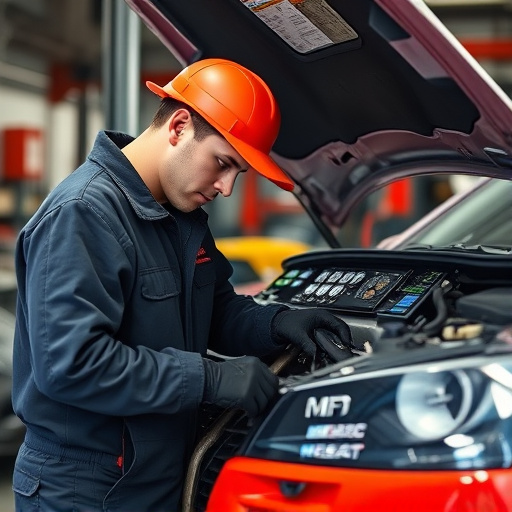
Using carbon fiber in auto restoration offers a unique set of advantages for Mercedes vehicles undergoing trim repairs. Its incredible strength-to-weight ratio allows for precise and lightweight components, enhancing both vehicle performance and aesthetics. Carbon fiber is also highly durable, resistant to corrosion and fading, ensuring that restored trim remains looking pristine over time. This material’s ability to be tailored and molded makes it ideal for complex shapes, offering a level of customization that traditional materials struggle to match.
However, incorporating carbon fiber in Mercedes carbon fiber trim repair presents certain challenges. The intricate manufacturing process requires specialized equipment and skilled technicians to achieve the right finish and structural integrity. Unlike conventional automotive body work focusing on metal frame straightening, carbon fiber repairs demand meticulous attention to detail due to its fragile nature. Moreover, sourcing authentic carbon fiber materials that meet OEM standards is crucial for maintaining the vehicle’s original look and ensuring long-lasting results in automotive body work.
In conclusion, embracing OEM standards for Mercedes carbon fiber trim restoration is a game-changer for auto enthusiasts. By understanding the meticulous process, leveraging the material’s unique benefits, and addressing its challenges, professionals can expertly revive and preserve these stunning features. For those tackling Mercedes carbon fiber trim repair, adhering to original equipment manufacturer (OEM) specifications ensures not only aesthetic precision but also long-lasting durability, making it a top choice for high-quality restoration projects.
